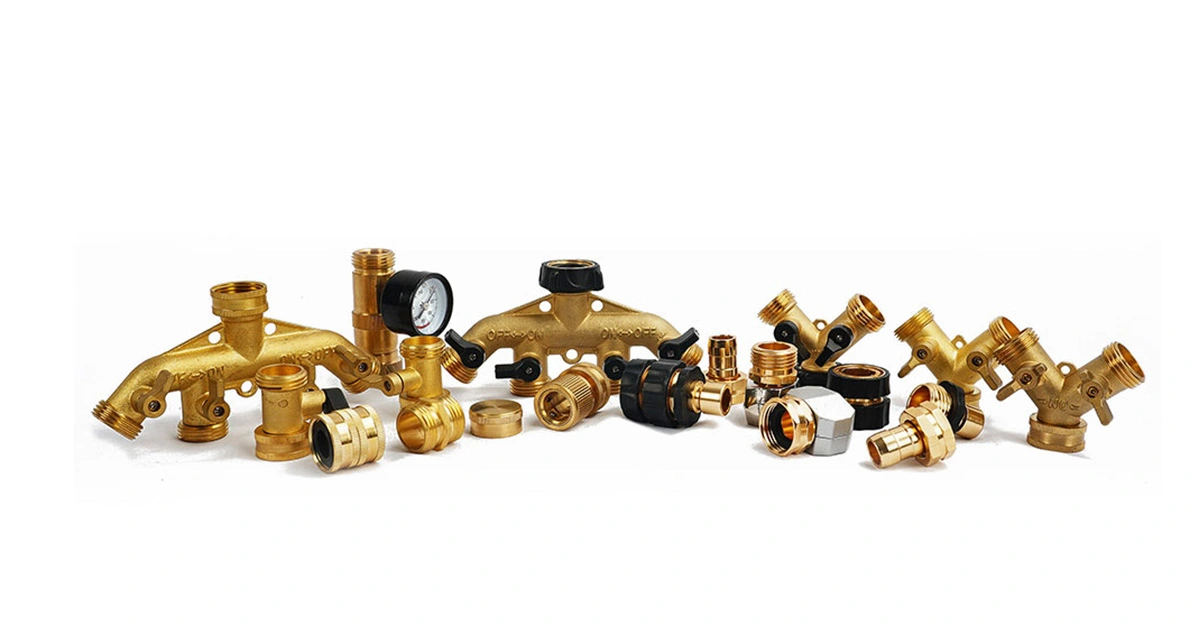
Hose to hose connector is a product that connects two hoses. Hose to hose connector is easy to use, it attaches press-fit to the ends of the two hoses and has a threaded coupler on one end for connecting sealant hose. The basic requirement for hose to hose connector is that it should have this threading on both ends which attaches the connector to sealant. One end of the connector usually has a threading fitting for attachment of sealant or other materials and some have multiple fittings for various applications.
How do you connect a hose to a hose?
Connecting hoses together is another task that needs to be performed on a regular basis. These connectors need to be used in many different applications such as leak testing and irrigation. Hose to hose connectors require a threaded end at one end with the coupler on the other.
There are two types of hose to hose connectors, the self sealing type and the non-self sealing type.
Self sealing hose to hose connector
Self sealing hose to hose connectors are the most common type of connectors that are used in a lot of different applications. Self-sealing connectors will automatically fit in the ends of the hoses, however they do not have an adhesive or sealant on them. They do not require a great deal of effort to install connections but they can be difficult to remove once installed. Self-sealing connectors are often used when you want to connect two hoses together quickly and with little effort, such as when installing irrigation hose fittings or making leak testing connections between two hoses.
Non-self sealing hose to hose connector
Non-self sealing hose to hose connectors are used when you want to make a permanent connection between two hoses of different diameters. These connectors have a tapered fitting that fits over the outer diameter of the smaller hose fitting and they are usually made in one piece so they do not need any assembly.
Connecting hoses by using self-sealing hoses to hose connectors is not difficult, and in fact it can be very simple. The only thing you need to know is where the hose connector needs to be attached and how it needs to be connected. It really is a very simple process, however there are some interesting points that need to be kept in mind when using hoses to hose connectors.
- When making a connection, you need to make sure the length of hose from the source of water will reach up to the other end.
- In order for a connection between two hoses to stay durable, you should use a flexible but strong line between the two connections. If not, it will break or crack very quickly when used in any place that requires weather or pressure resistance.
- When you want to make a connection, you should align the connectors according to the connections before connecting them together. It is not possible to make an adjustment once the connectors are connected together.
- Another interesting feature of hose to hose connectors is that they fit over each other. As such it is possible that by accident it can fit differently from what is required and this will damage the hoses. In order for the connection to be firm, there needs to be enough hosing for the hose connector to go on top of it correctly.
- You should use a thread sealant when connecting the hoses together. A hose connector is not strong enough to hold a hose by it alone.
How do you hook a small hose up to a large hose?
Most of the time a small hose needs to connect to a large hose. This happens when you need to connect one hose from your home water quality or you need to make repairs on your garden hose without removing it from the wall. The task will be made much easier if you have a long reach unit. Long reach connects are available with differing lengths that can be used for many different applications. The general rule for connecting a small hose to a large hose is to have the large hose on one end, and the small hose on another end. Hose to hose connectors should be used to connect the small hose to the larger diameter of water line. The issue with this is that there are different diameters of hoses and people don’t always think about that when making repairs or connecting small hoses. In order for this connection to be effective, it is important that you chose a connector that has a tapered fitting so it can fit well into the smaller diameter of your water line or garden hose.
Things to do when hooking hook a small hose up to a large hose
- The first thing that you need to do is make sure that the hoses and connectors are clean, dirt and debris can cause damage to the hose connector itself.
- If you have a leak in your hose, you will need to take off the connector on one end and tighten it with a wrench or socket. This will keep water from leaking out of the fittings when they are being tightened.
- The other end of the hose should be attached to your garden hose if there is no buildup of debris on it, then connect the connector by pressing it into place on both ends.
- If you are connecting directly from the water hose to a garden hose, you will need to flush the connector with water. This will clean out any debris that is on the connector and make it more receptive for the hose connectors.
- The best way to connect a small hose to a large hose is by using fuse fittings or pipe fittings. Pipe fittings are made in two sections that can be removed from the pipe and are available in different lengths. Fuse fittings have an internal metal core in them, which keeps them strong and durable.
- One thing you need to keep an eye on when connecting hoses is the fact that screen flanges, which some have, have small holes in it and can get clogged with debris over time and cause problems for your connections. This issue can be avoided by making sure you clean it ever week so there are no debris in it to cause problems later on when you are trying to make a connection.
Are all hose connectors the same?
Yes, hose connectors are all the same. There is no special type of hose connector that is different from the rest. The only reason you will notice a difference between hose connectors is because of brand name or its connection size. For example, you can see a rubber to rubber connector or a male rubber to female rubber connector. In this type of connection the male will be on one end and the female on another, which makes it different from other types of connections.
Amazon recommend
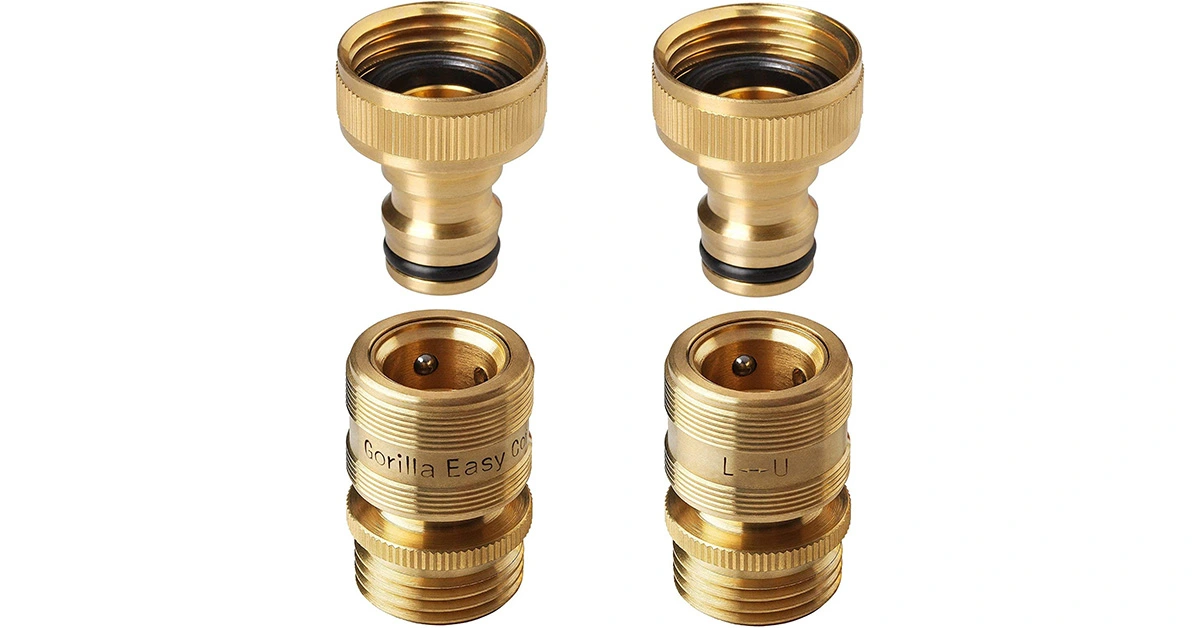
Conclusion
Hose connectors are a great way to make connections between your hoses and fittings. The basic process is very simple, but there are some tips and tricks that you will need to know in order to work with them effectively. There are many different types of hose connectors, so you need to make sure that you choose one that can handle the applications. With all this information, it should be much easier for you to connect your hoses successfully.
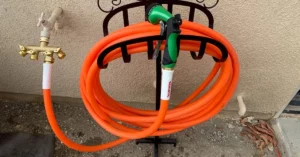
High Pressure Water Hose Guide
Contents Can You Use a Normal Hose for a Pressure Washer? Does Hose Diameter Affect Pressure? How do I make my garden hose high pressure?
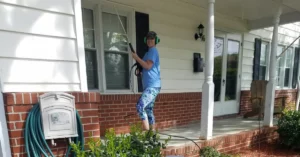
What Is High Pressure Hose Used For?
Contents What is high pressure hose used for? How much PSI do I need to clean my driveway? What PSI is best for washing cars?

Rechargeable Hot Water Bottles Guide
Contents Are rechargeable hot water-bottles safe? How often should you change your hot water-bottle? How long does a rechargeable hot-water bottle last? How do Electric
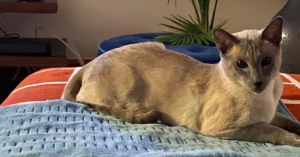
Will A Heating Pad Ruin A Memory Foam Mattress?
Contents What is a Heat Mattress? Will a Heating Pad Ruin a Memory Foam Mattress? Buy Heating Pad on Amazon Conclusion One of the things
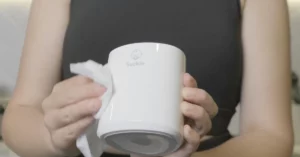
How Do You Clean A Suckle Portable Bottle Warmer?
Contents How does a suckle bottle warmer work? Do I need a bottle warmer if breastfeeding? How do you clean a suckle portable bottle warmer?
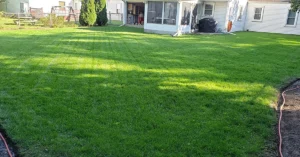
3 Tips for Take Care Lawn You Need to Know
Contents Is It Better To Water Lawn in the Morning or at Night? How Many Days a Week Should You Water Your Lawn? Should You

Emily
Head of Content @NotJustType I am a shopaholic and I am here to use my shopping experience and life skill to share to everyone. If you have any question for life, home, garden, you can let me know!
Share this article
Subscribe for weekly updates
